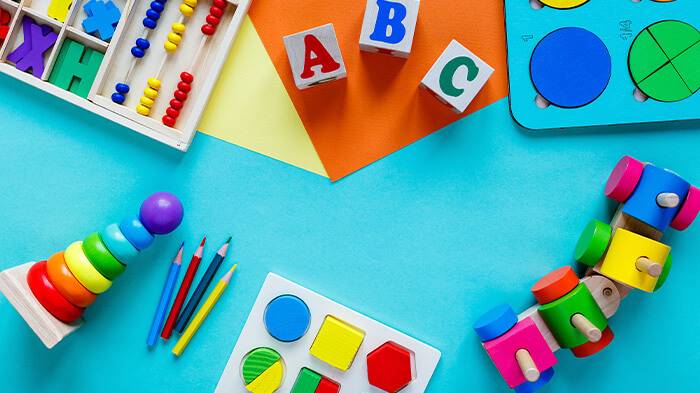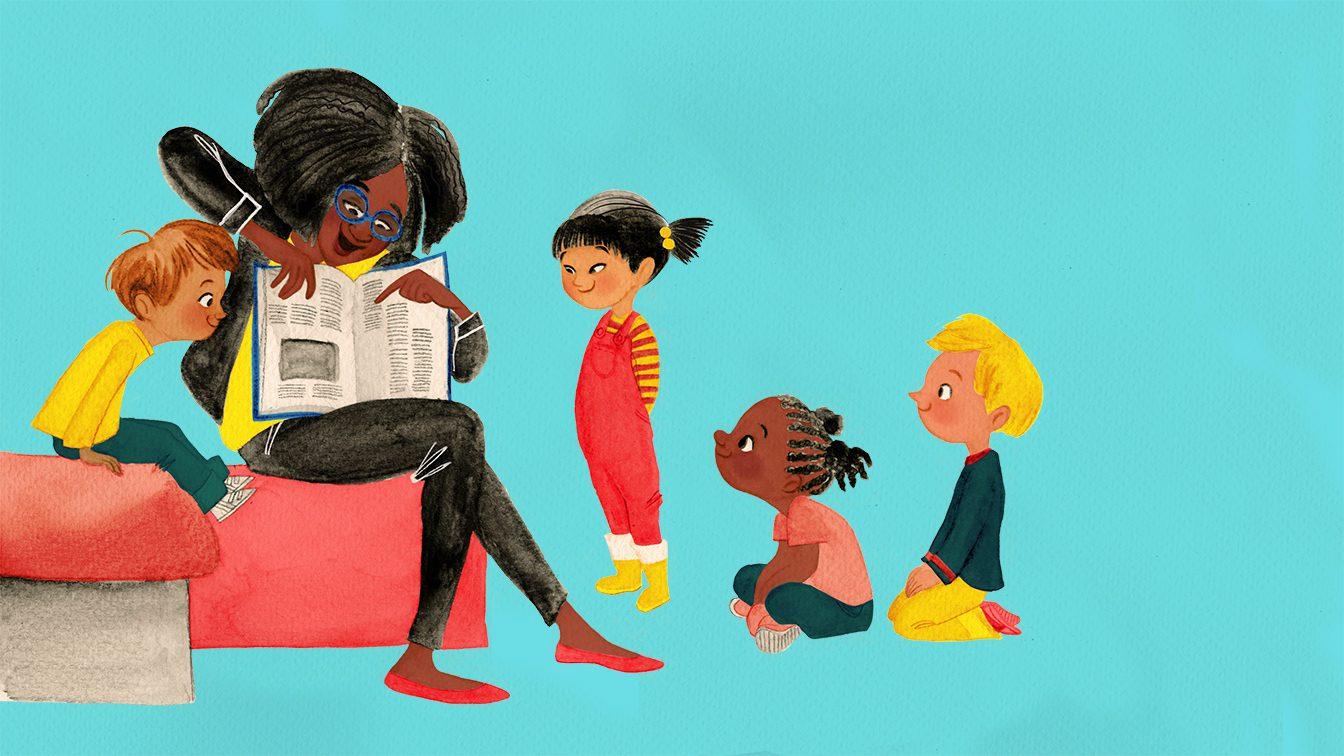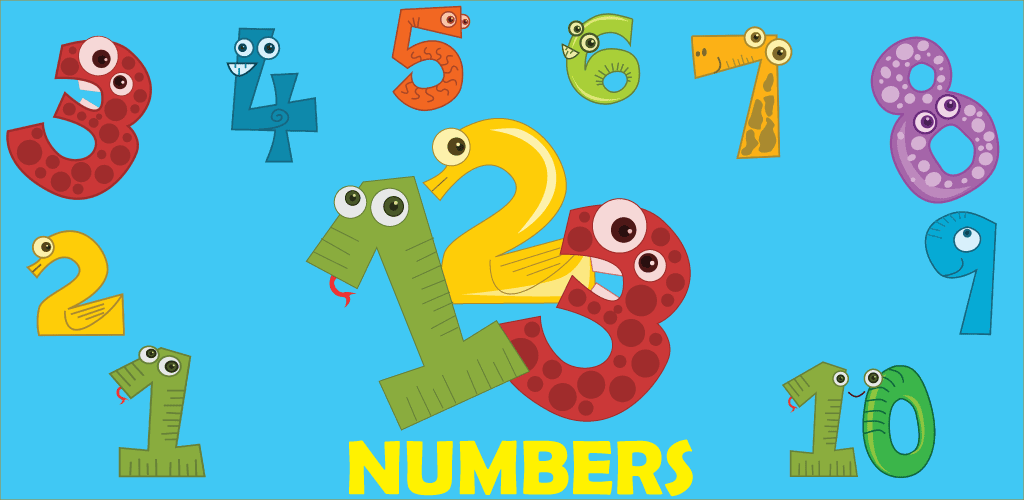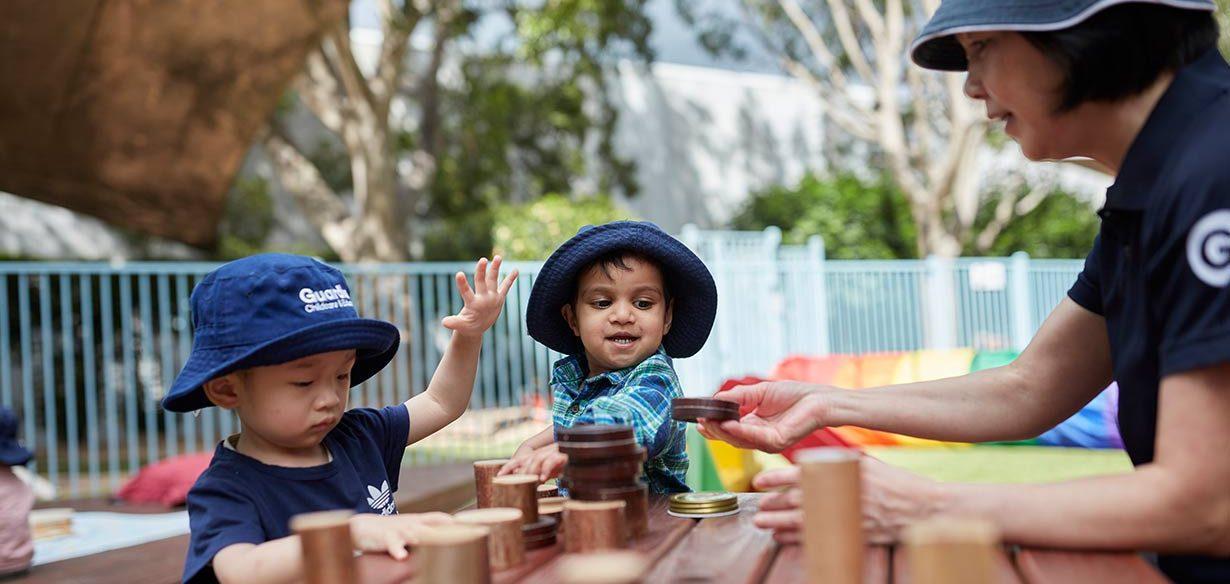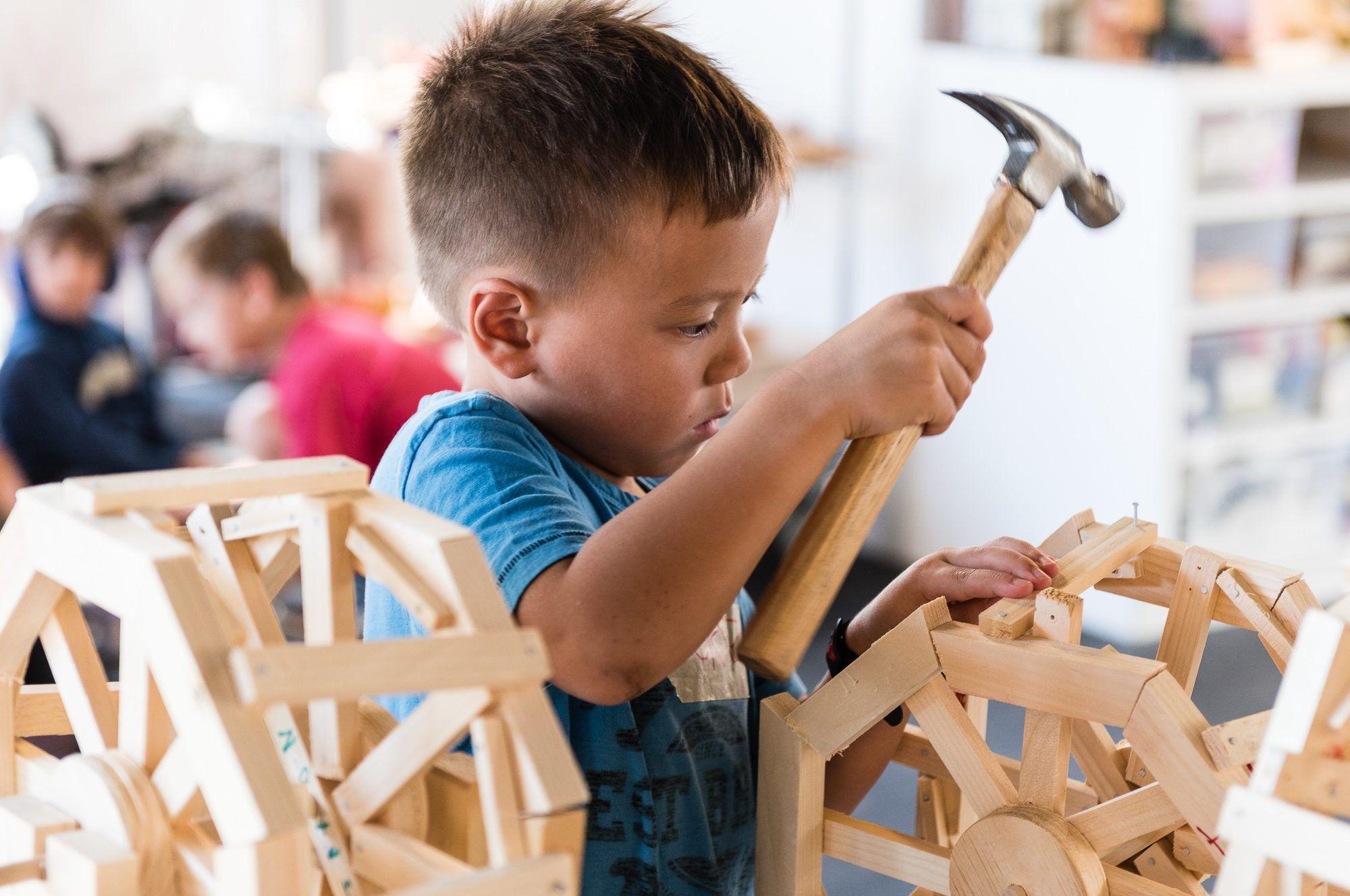Introduction
Welcome to our comprehensive guide on unlocking the world of literacy for your young child. The role of parents in shaping our child’s early literacy development is crucial. This blog aims to provide a toolkit of strategies, games, and resources to help you in this exciting journey. So, let’s get started!
Understanding Literacy in Young Children
What Does Literacy Mean for Young Children?
For young children, literacy isn’t simply about being able to read and write. It’s a broad concept encompassing several aspects of a child’s development. It is often referred to as a multi-literacy approach. This includes:
Language Development:
Language development is a significant part of literacy. It involves the understanding and use of spoken and written language, which forms the basis for communication. Children begin by listening to their parents and gradually grasp words, sentences and syntax. This evolves into learning vocabulary and grammar, eventually leading to a more complex language understanding.
Cognitive Development:
This refers to children’s thinking, learning, remembering, and reasoning skills. Cognitive development involves problem-solving, memory, attention, and knowledge development. Literacy is crucial in cognitive development as reading, and writing are complex processes that involve and stimulate multiple brain areas.
Social and Emotional Development:
Literacy also has social and emotional dimensions. When a child listens to a story, they learn to empathize with characters and understand different emotions and perspectives. Similarly, interactive activities like group reading or storytelling promote peer interaction and cooperation.
Physical Development:
Believe it or not, literacy also ties into physical development. Fine motor skills are honed through activities like writing or drawing. When a child starts to write, they need to hold a pencil correctly and form shapes and letters – all of which contribute to their physical development.
Cultural Understanding:
Literacy activities expose children to different cultures and traditions around the world. Reading stories from various cultures can help children understand and appreciate diversity, teaching them to respect and value differences.
Literacy for young children is not just the ability to read and write. It is a multifaceted development process that involves language, cognition, social and emotional skills, physical development, and cultural understanding. It’s about laying a solid foundation for learning and communication that will last a lifetime.
The Importance of Literacy in Early Childhood
Early literacy is essential as it sets the foundation for future academic success. It enhances cognitive skills and sparks creativity, enabling your child to understand and appreciate diverse cultures and viewpoints. Moreover, it helps build confidence and social skills.
First Steps in Teaching Literacy to Young Children
The journey to literacy begins long before a child steps into a formal classroom. The initial steps towards teaching literacy can be simple, engaging, and profoundly effective when implemented in the early years. Here’s an insight into these foundational steps:
The Importance of Oral Language
Oral language is indeed the cornerstone of literacy. Through oral language, children learn to express their thoughts, emotions, and experiences, setting the stage for reading and writing skills. You can facilitate the development of oral language through various strategies:
- Open-Ended Questions: Instead of asking questions with a yes/no answer, ask questions encouraging your child to think and express their thoughts. For example, instead of asking, “Did you like the story?” you could ask, “What was your favourite part of the story, and why?”
- Sing Songs: Singing songs together is not only enjoyable, but it also introduces your child to rhythm, rhyme, and a wide range of vocabulary. Songs can teach various concepts such as numbers, alphabets, and social-emotional skills.
- Daily Conversations: Have regular conversations with your child about their day, interests, or anything that catches their attention. It encourages them to articulate their thoughts, enhances vocabulary, and builds listening skills.
Phonemic Awareness: The Foundation of Literacy
Phonemic awareness is an essential pre-reading skill that involves hearing, identifying, and manipulating individual sounds (phonemes) in spoken words. It is the basis for understanding the alphabetic principle, which is the understanding that written letters represent sounds. Here are some strategies to foster phonemic awareness:
- Rhyming Games: Playing simple rhyming games can help your child understand that words are made up of individual sounds. You could start with easy words and gradually introduce more complex words.
- Books with Rhyme and Alliteration: Books that incorporate rhyme and alliteration not only captivate children but also expose them to the patterns of sounds in language. As you read these books, emphasize the rhyming words or the recurring beginning sounds, and encourage your child to join in.
- Sound-Letter Correspondences: Help your child understand that letters or groups of letters represent individual sounds, also known as phonemes. Start with simple consonants and short vowels before moving on to complex sounds like digraphs and diphthongs.
While exciting, the road to literacy for young children requires thoughtfully planned activities. Focusing on oral language and phonemic awareness sets the stage for your child to become a successful reader and writer.
Fun Ways to Develop Literacy Skills in Young Children
Using Storytelling as a Literacy Tool
Storytelling is a powerful tool that enriches vocabulary, enhances listening skills, and stimulates imagination. Make storytelling a part of your daily routine. Change your voice for different characters and invite your child to predict what might happen next.
Engaging Children in Reading
Make reading a fun and interactive activity. Ask your child to point out letters, words, and pictures. Discuss the story and relate it to their personal experiences.
Writing: An Integral Part of Literacy
Encouraging Writing in Young Children
Introduce your child to writing through drawing. Encourage them to tell a story about their drawing and then write it down. They can start tracing and copying letters and words as their motor skills improve.
Playful Writing Activities for Young Learners
Introduce playful writing activities like scribbling in the sand, painting letters with watercolours, or writing letters in shaving cream.
“ ”Practical Literacy Tools for Young Children
Interactive books are an exceptional tool in early literacy education. These books often include flaps to lift, different textures to feel, and sounds to listen to. They offer a multi-sensory experience that can make reading more engaging and enjoyable for young children. Here’s how interactive books can support literacy:
- Engagement: The tactile and auditory elements in interactive books help to capture a child’s attention and keep them engaged in the reading experience. This, in turn, promotes a positive attitude towards reading and books.
- Fine Motor Skills: Lifting flaps, turning pages, and touching different textures require children to use their hands and fingers, thus helping to develop fine motor skills – a crucial precursor for writing.
- Comprehension: Interactive books often involve elements of prediction and recall, which can boost a child’s comprehension skills. As the child anticipates what might be under a flap or recalls what they discovered, they actively engage with the story and deepen their understanding of the narrative.
Best Educational Toys for Enhancing Literacy Skills
Educational toys are critical in creating a fun, interactive, and productive learning environment. They serve as tools to enhance literacy skills playfully and engagingly. Some of the best educational toys that can help enhance literacy skills are:
- Alphabet Puzzles: Introducing children to letters and sounds can be effectively done through the use of alphabet puzzles. They not only familiarize children with the shapes and forms of letters but also improve their problem-solving skills.
- Magnetic Letters: Magnetic letters can be used for various literacy activities. Children can use them to form words on a magnetic board, identify letters, or match uppercase and lowercase letters. This tactile experience can help children remember letter shapes and sounds more effectively.
- Literacy Games: Board games, card games, or apps that involve letter recognition, word formation, and vocabulary can make literacy learning fun and interactive. Games like Scrabble Junior or Boggle can enhance spelling and vocabulary, while games like Zingo can improve sight word recognition.
By incorporating interactive books and educational toys into your child’s learning routine, you’re transforming learning to read and write into an exciting journey of exploration. The tools support literacy development and foster a love for learning, setting your child up for success in school and beyond.
Incorporating Technology in Teaching Literacy
Learning Apps for Literacy: Pros and Cons
While learning apps can make literacy learning fun and interactive, ensure your child’s screen time is limited and supervised.
Top Literacy Apps for Young Children
Apps like ABCmouse, Starfall, and Epic! Provide engaging and educational content that aligns with literacy standards.
Challenges in Teaching Literacy to Young Children and How to Overcome Them
Every child is unique, and so are their learning journeys. It’s natural for them to face challenges while learning literacy skills. Patience, persistence, and a positive attitude can help overcome these challenges.
Monitoring Your Child’s Literacy Development
Recognizing Progress in Literacy Skills
Celebrate every small milestone, whether recognizing a letter, writing their name, or reading a whole sentence. This reinforces their learning and boosts their confidence.
Dealing with Struggles in Literacy Learning
If your child is struggling with a particular skill, don’t rush. Let them learn at their pace. If concerns persist, consult with their teacher or a literacy specialist.
Literacy: The Gift That Keeps on Giving
Literacy is indeed a gift that keeps on giving. It opens up opportunities for your child and equips them with skills to succeed. Remember, every child’s learning journey is unique, and so is their literacy development. Your love, patience, and support can make this journey enjoyable and rewarding.
We hope this guide helps you unlock the exciting world of literacy for your young child. Do you have any literacy tips or tools you swear by? We’d love to hear from you. Comment below and share your experience with our parent community. Let’s make the literacy learning journey exciting together!
“ ”
